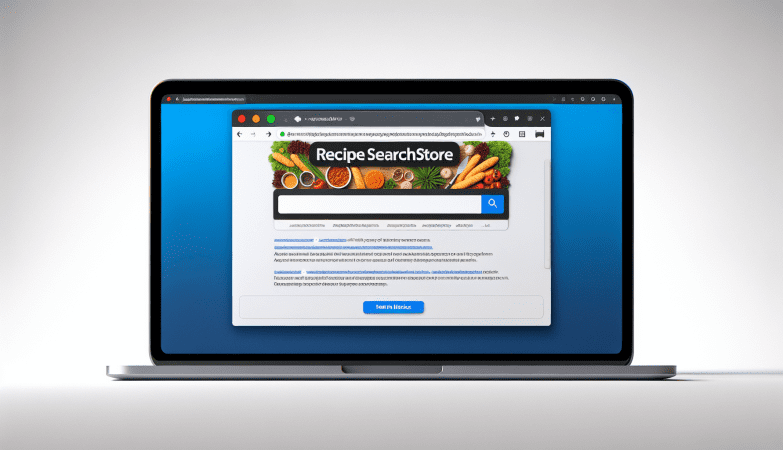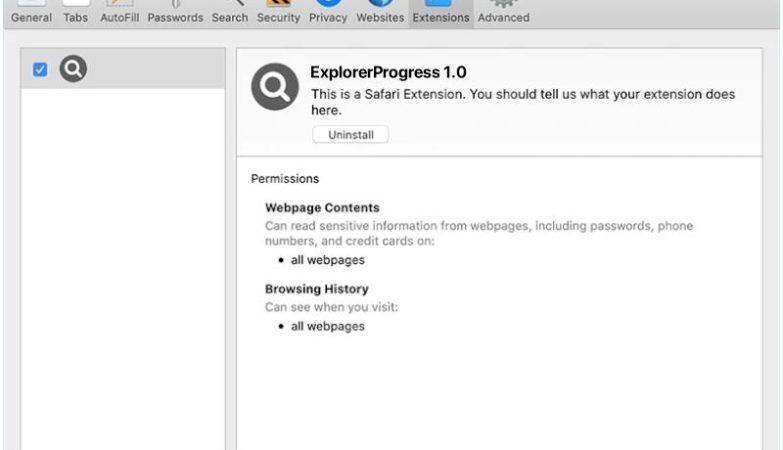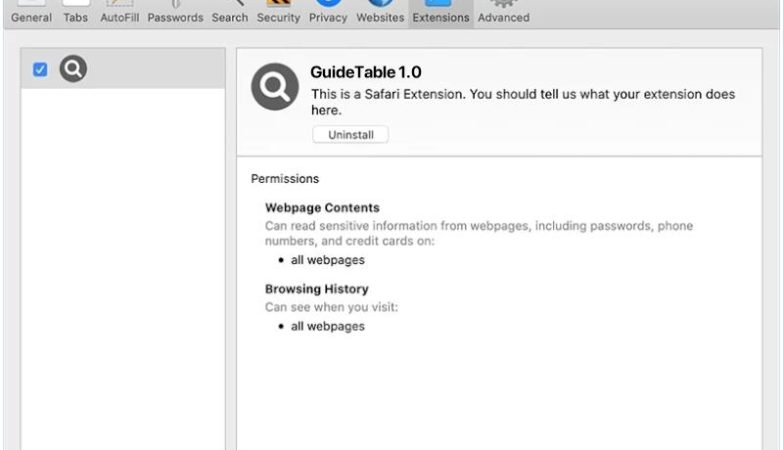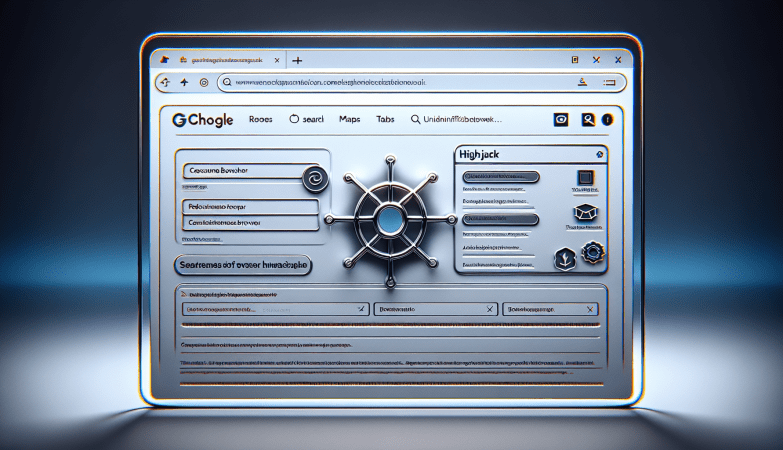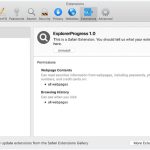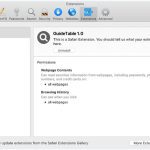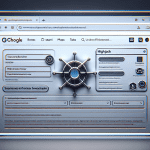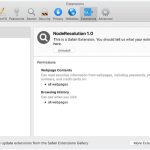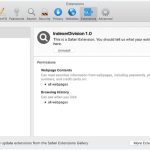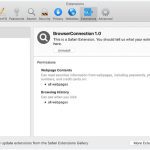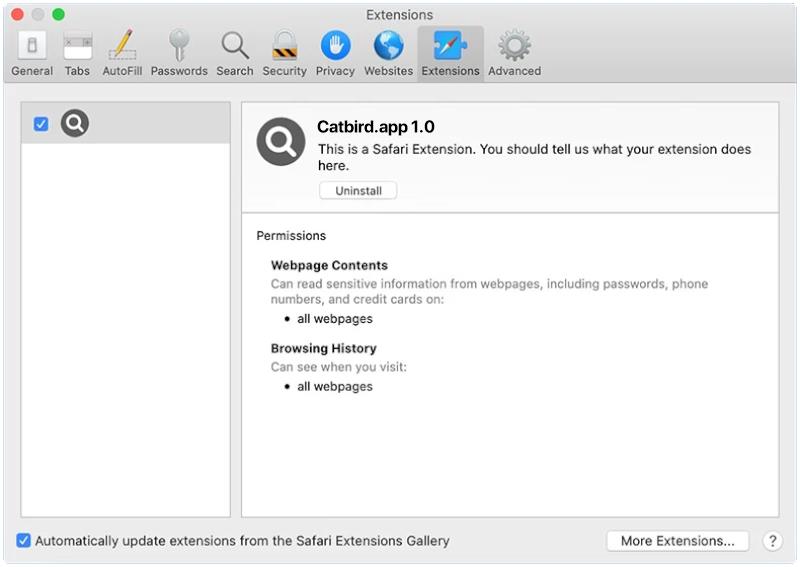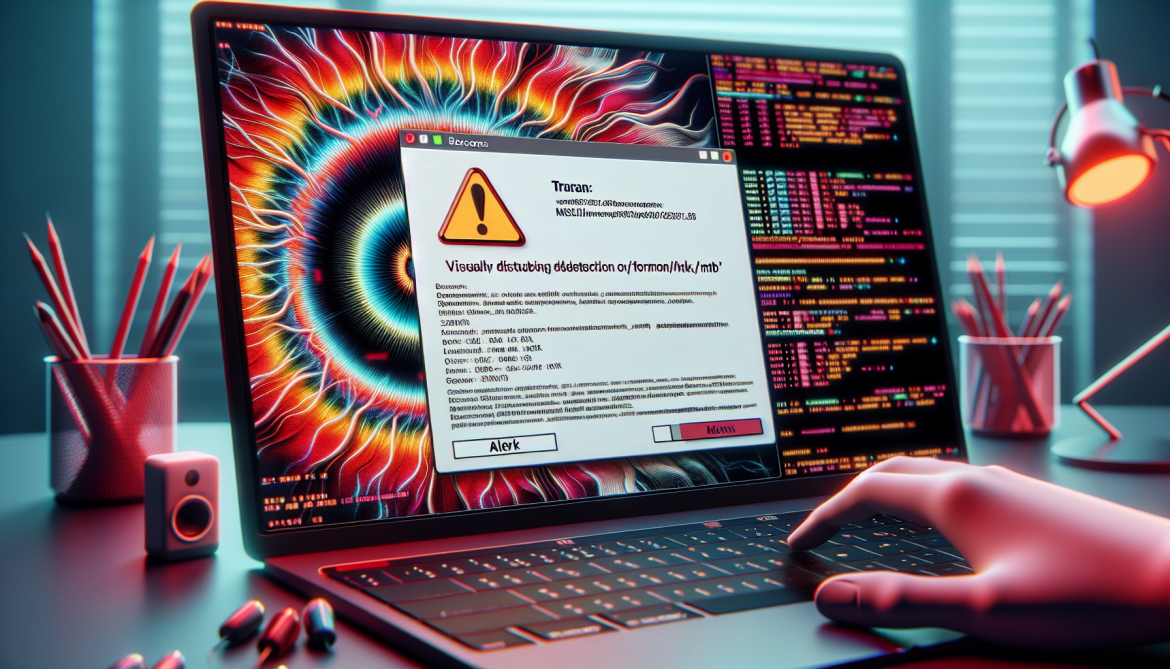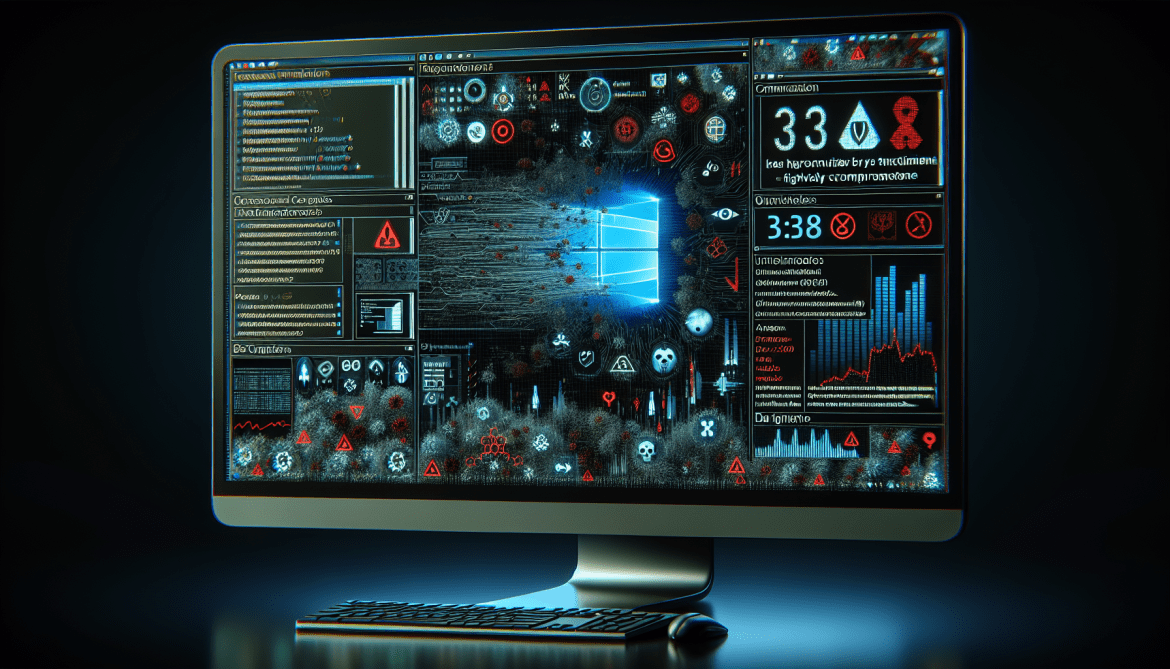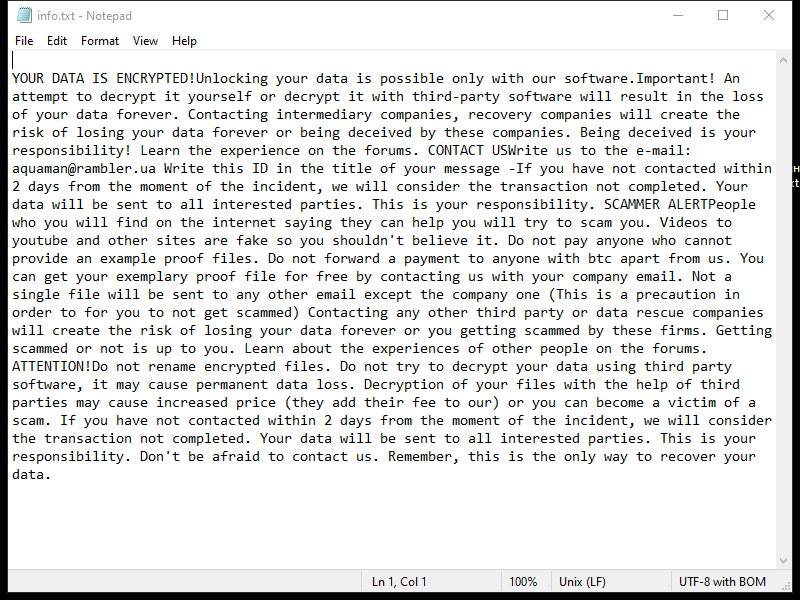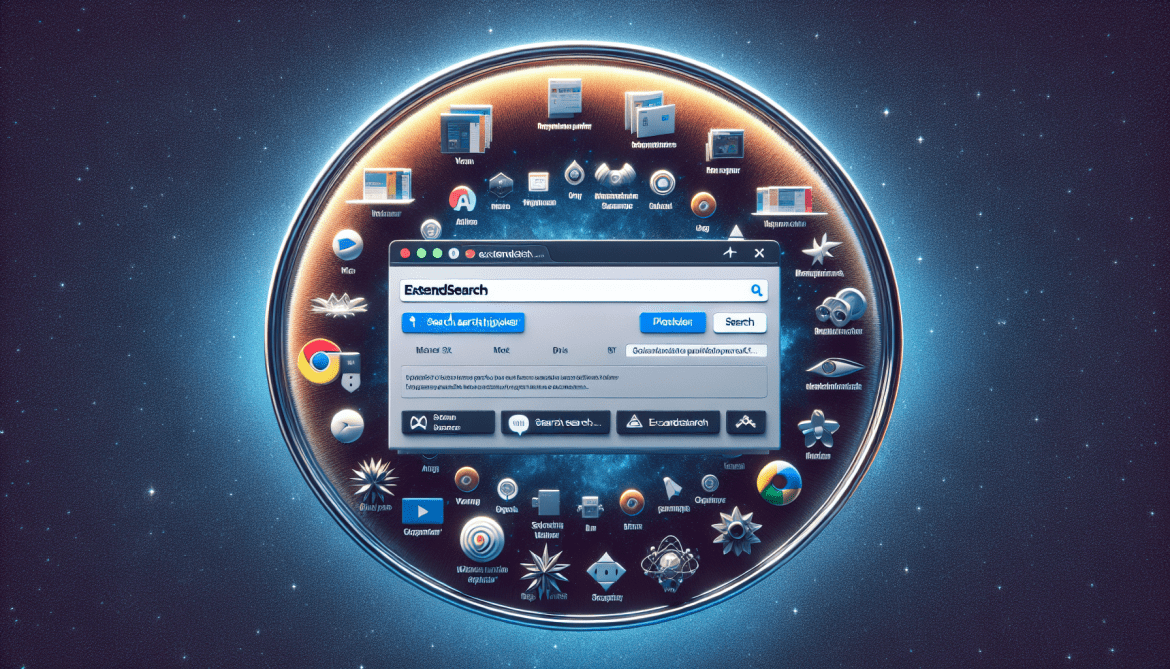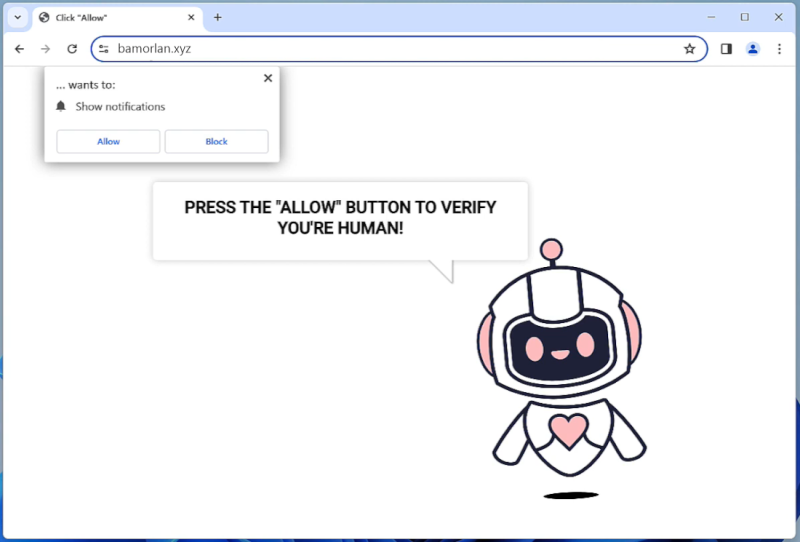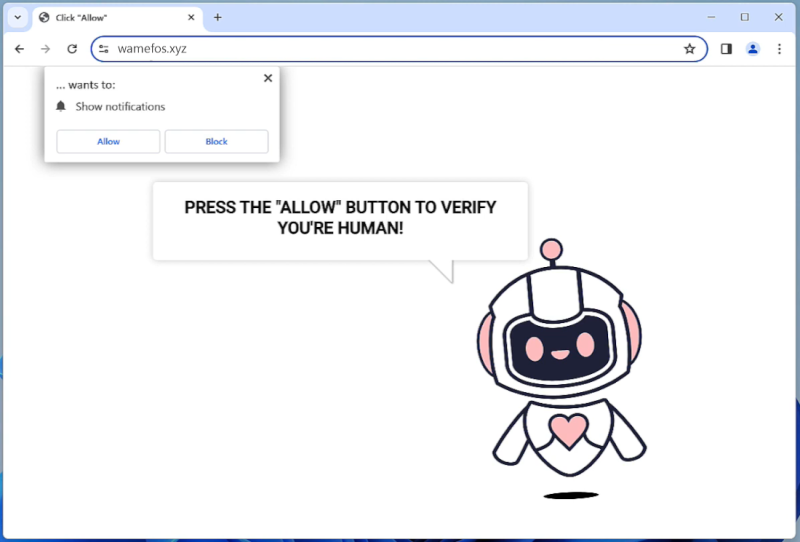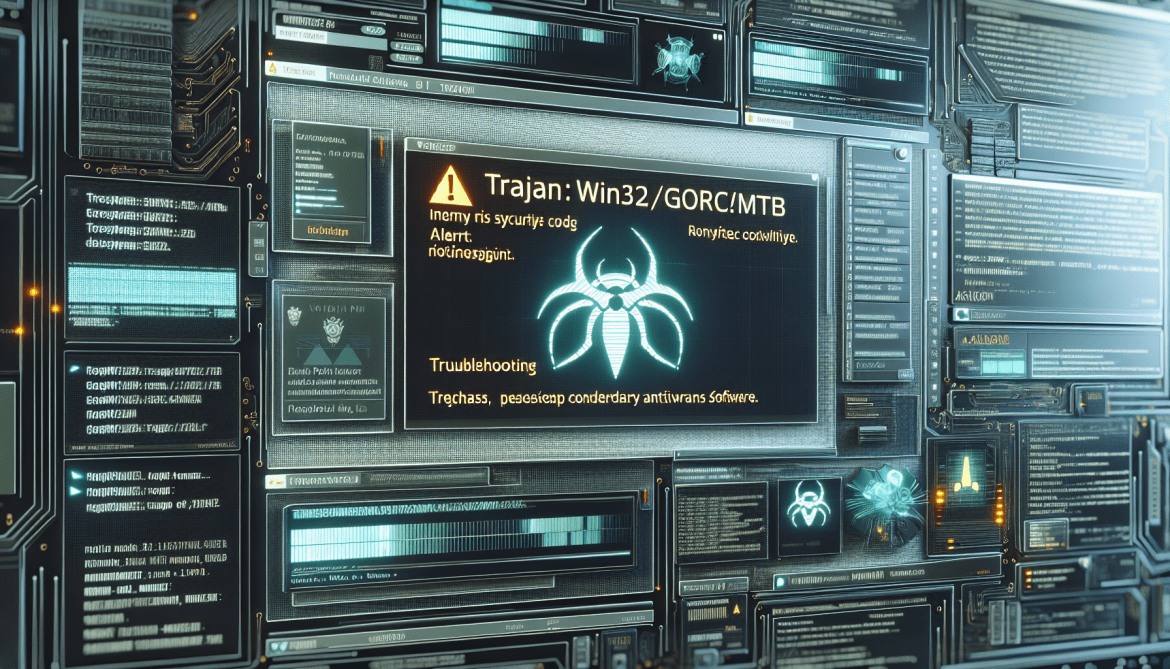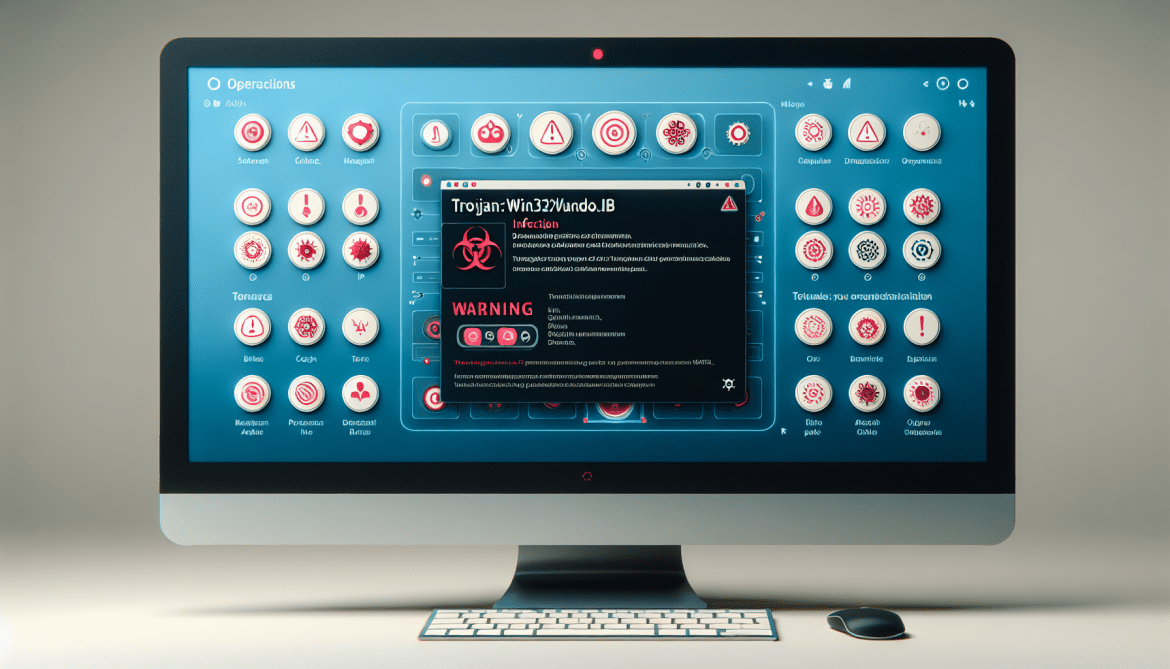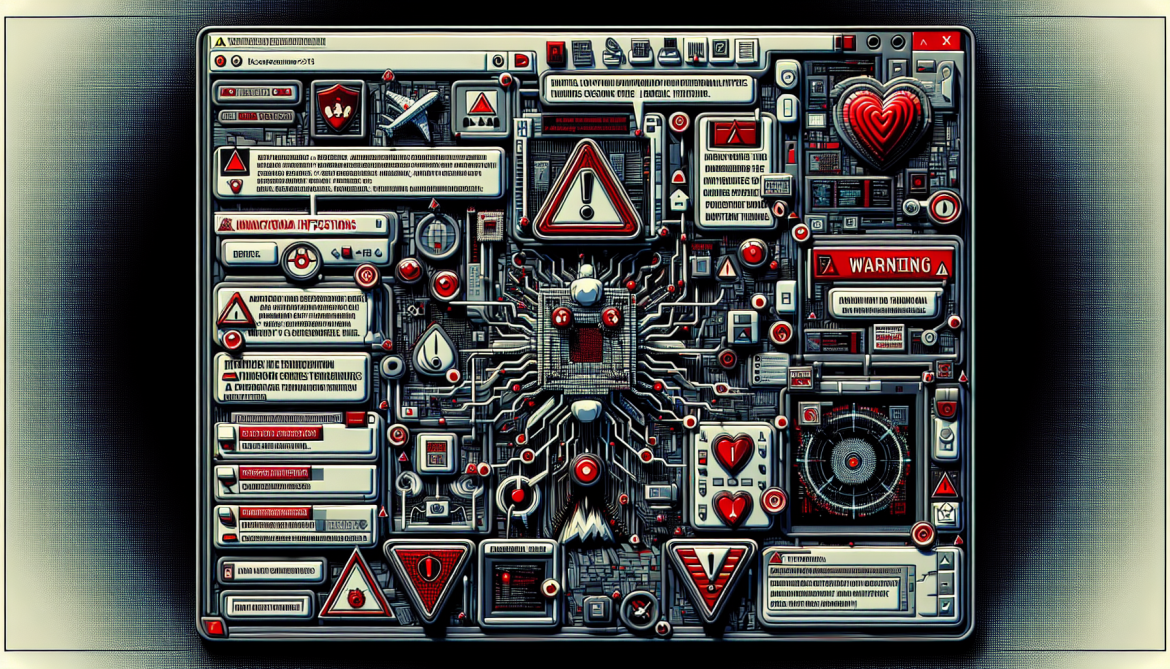How to remove Catbird.app (Mac)
Catbird.app is a potentially unwanted application (PUA) that is designed to infect Mac computers. It is classified as adware, which means that it displays unwanted advertisements and pop-ups on the infected system. Catbird.app typically enters a Mac computer through software bundling, where it is included as an additional component in the installation of legitimate software. Users may unknowingly install Catbird.app when downloading and installing software from untrustworthy sources.
Once Catbird.app infects a Mac computer, it will start displaying intrusive advertisements and pop-ups while users are browsing the internet. These ads can be very annoying and disruptive to the user experience. Additionally, Catbird.app may also track the user’s browsing habits and collect personal information for targeted advertising purposes. It is important for Mac users to be cautious when downloading and installing software to avoid inadvertently installing potentially unwanted applications like Catbird.app.

